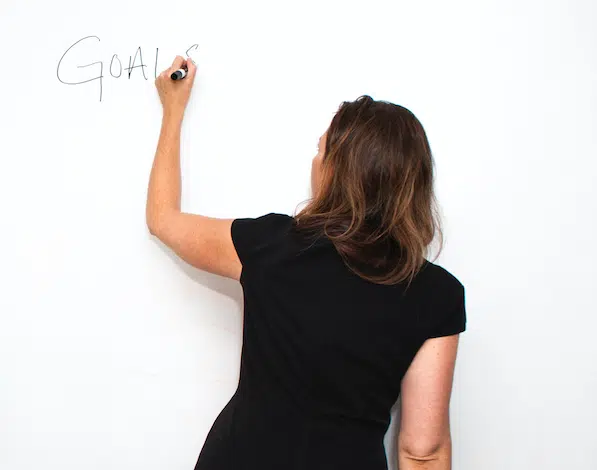Not Your Mother's Nonprofit Case Statement


Full Platform Overview Chat With Us



Full Platform Overview Chat With Us





When you work in the fundraising space, sometimes it seems as though you refurbish the same materials. Grants language? Check the latest proposal, or if you are very organized, a master proposal that contains updated language. Impact? Check the annual report. Heartwarming stories? Check your annual appeal letter. While writing can be rewarding, it can also be arduous, painstaking and time consuming. Is there a way that we can spice up our writing without it detracting from our organization’s core messages?
Let’s revisit the nonprofit case statement. While the case statement, or case for support, is generally viewed as a portion of a large grant proposal or fundraising document, it is a standalone document, and can have multiple purposes. Let’s discuss how this dynamic piece of writing can cover multiple areas of interest and appeal.
What should a case for support contain?
How should it look?
Think of the case statement as a functional tool to provide more context about your organization to others with limited awareness of what you do. You also don’t need to be a graphic designer to build out something powerful, as there are multiple free design software tools you can use (like Canva).
The case for support is your opportunity to be creative, inspiring and informative. There is no one-size-fits-all approach, and you can even modify it for different programs or needs. The point is to be open in how you approach connecting with funders and the general public, and what you will do to connect with others to garner interest.
What will you do to create a case statement that shines?


Comments
Rachel Werner
Diana Alonzo Watkins